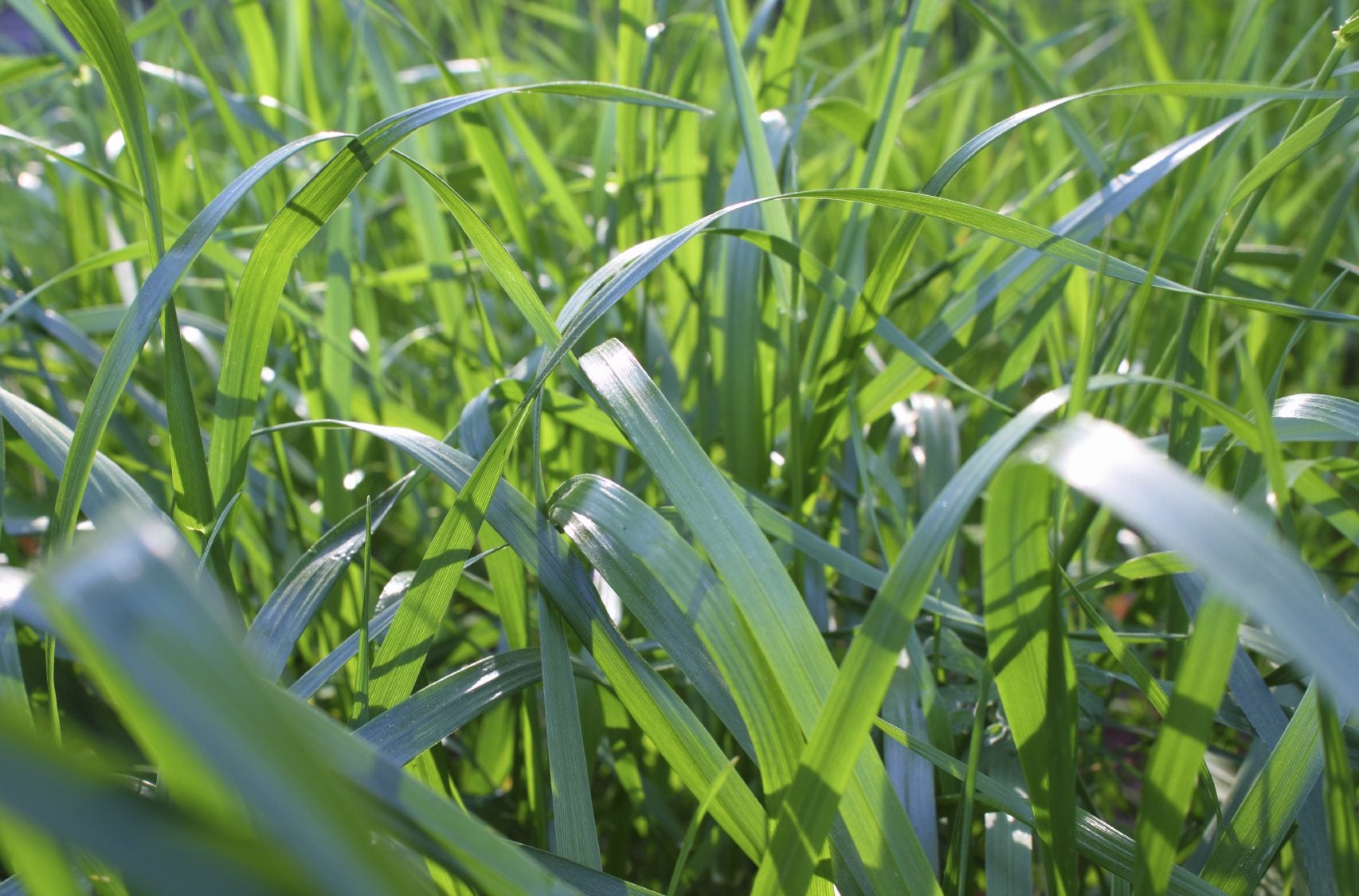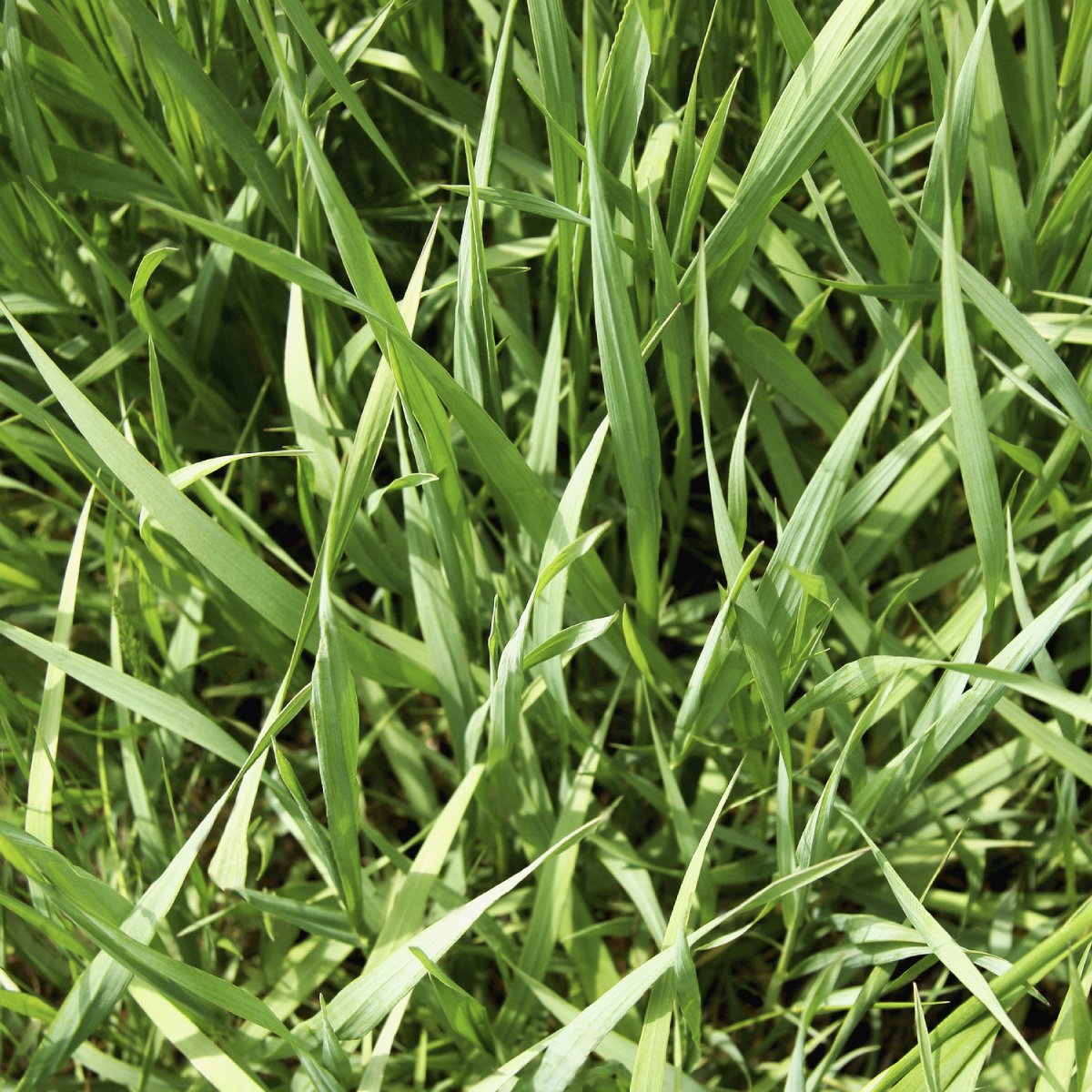What Is Tall Fescue: Growing Tall Fescue Grass In The Lawn


Tall fescue is a cool season turf grass. It is the most common lawn grass in California and useful from the Pacific Northwest to the southern states. It originated in Europe and is now found in North America, Europe, and North Africa. Tall fescue in lawns forms a nice dense grass that cannot be mowed below 1.5 inches (4 cm.). The grass is a perennial bunch grass which establishes quickly and is low maintenance in appropriate locations. If you are in a temperate to warm region, learn how to grow tall fescue as an easy turf grass alternative.
What is Tall Fescue?
Grass that adapts well to clay soil is a rarity. Tall fescue grass is one such sod grass, and it also has low mowing and fertilization needs. It does, however, need frequent deep watering in summer. It works as a lawn in either sunny or partially shady areas. Tall fescue in lawns stays green in winter unlike the warm season turf varieties. The plant is available in numerous cultivars, many of which resemble fine fescue but have wider leaf blades. Tall fescue maintenance is a dream for the lazy gardener because it needs infrequent mowing and has low nutrient needs. Tall fescue is a turf grass with remarkable drought and heat stress tolerance. It is a coarse textured, dark green grass with rolled leaves. It spreads by seed primarily and does most of its growth in spring and fall. The grass has deep widely set roots. In spring the plant produces a short panicle 3 to 4 inches (8-10 cm.) long with lance-like spikelets. Tall fescue grass is a bunch grass and established lawns may eventually die out in some areas, requiring spring reseeding.
How to Grow Tall Fescue
Tall fescue establishes best on soil with good drainage and high fertility where pH is 5.5 to 6.5. Work the area well and add in a starter fertilizer to the top few inches (8 cm.) of soil. The rate of sowing is 6 to 8 pounds (3-4 kg.) per 1,000 square feet (92.9 sq. m.). Cover the area with a fine layer of sand or soil. Seed needs to be pressed into soil. Keep evenly moist for 14 to 21 days, at which point you should see your first seedlings. The plants can now get used to less frequent watering. Mow the grass when it is 3 inches (8 cm.) high. Turf grass that is kept less than 3 inches (8 cm.) is thicker and more attractive.
Tall Fescue Maintenance
Established tall fescue lawns are low maintenance and need infrequent mowing and watering, except in very hot summers. Keep the lawn at 2 inches (5 cm.) tall and allow the plants to dry out in between deep watering. Few diseases bother the grass, but some rusts and fungus may become a problem, especially in new lawns. White grubs, armyworm, and cutworm are the biggest insect pests of tall fescue. White grubs are particularly a problem and should be controlled. Older lawns may develop empty patches and it may become necessary to sow seed again in fall to rejuvenate a patchy sod.
Gardening tips, videos, info and more delivered right to your inbox!
Sign up for the Gardening Know How newsletter today and receive a free copy of our e-book "How to Grow Delicious Tomatoes".

Bonnie Grant is a professional landscaper with a Certification in Urban Gardening. She has been gardening and writing for 15 years. A former professional chef, she has a passion for edible landscaping.
-
 Try The Trend – Turn Any Bed Into A Keyhole Garden With This Clever In-Ground Composter
Try The Trend – Turn Any Bed Into A Keyhole Garden With This Clever In-Ground ComposterKeyhole gardening is an efficient and sustainable practice that saves space. Get started on this DIY project quickly and easily with an in-ground composter.
By Bonnie L. Grant
-
 4 Superfast Composting Methods: Turn Waste Into Garden Gold In 30 Days Or Less
4 Superfast Composting Methods: Turn Waste Into Garden Gold In 30 Days Or LessTry the fastest composting methods to turbocharge your pile and transform kitchen scraps and garden waste into finished compost in just a few weeks.
By Mary Ellen Ellis
